Understanding the Volvo XC40’s dashboard warning lights is vital for driver safety and vehicle health. These indicators provide instant alerts about critical faults, system issues, or active functions, enabling timely action to prevent accidents, breakdowns, or costly repairs.
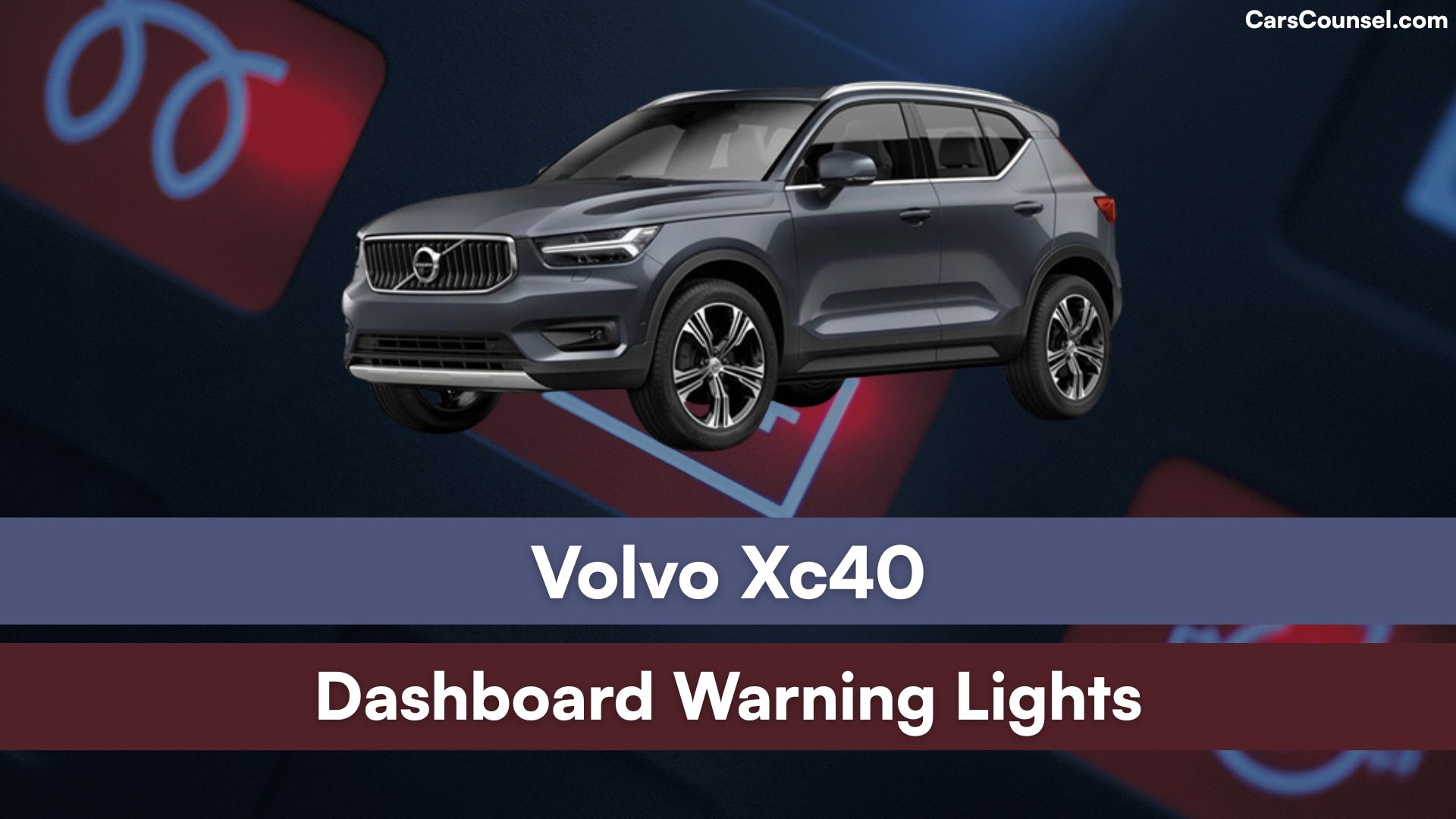
Quick Navigation
Red Warning Lights (Stop Immediately)
Brake System Alert
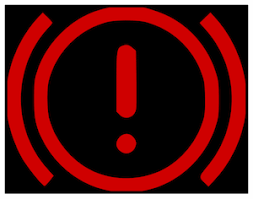
Indicates brake fluid loss or hydraulic failure. Park immediately and contact a Volvo service center.
Engine Oil Pressure Low
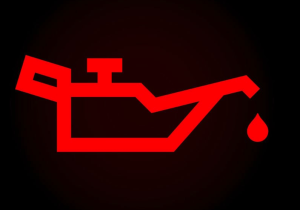
Low oil pressure detected. Stop the engine, check oil level, and seek help if normal.
Engine Overheating
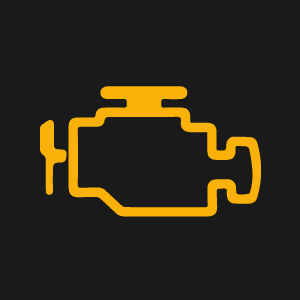
Coolant temperature exceeds safe limits. Turn off the engine and let it cool before inspection.
Parking Brake Malfunction
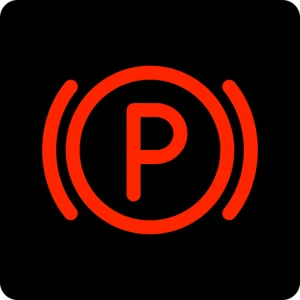
Flashing light signals a parking brake fault. Read the driver display message and schedule repairs.
Electrical System Fault
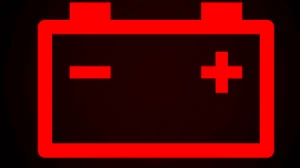
Critical charging system issue. Avoid driving and contact a Volvo workshop.
Collision Risk Warning
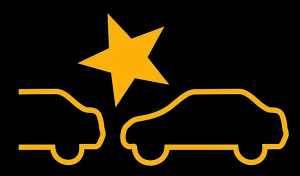
Flashes when a potential collision is detected. Adjust driving immediately.
Seatbelt Not Fastened

Alerts unrestrained occupants. Secure seatbelts before driving.
Airbag System Error

Fault in airbag or safety restraint systems. Requires immediate professional diagnosis.
ABS Fault
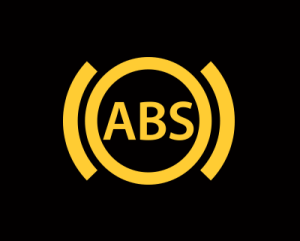
Anti-lock braking system malfunction. Drive cautiously and prioritize brake inspection.
Power Steering Failure

Loss of power steering assistance. Restart the engine; if persistent, seek assistance.
Transmission Overheat
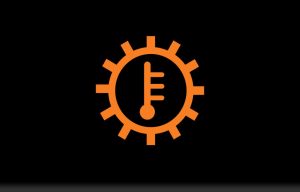
Excessive transmission temperature. Pull over, let the system cool, and check fluid levels.
Coolant Level Low
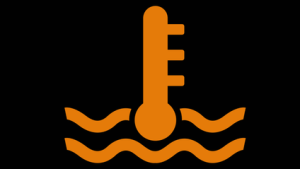
Insufficient coolant. Refill and inspect for leaks or engine damage.
DPF Full (Critical)
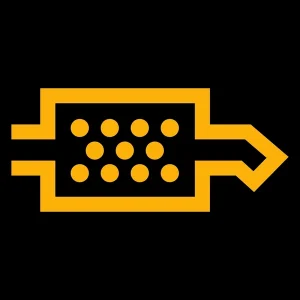
Severely blocked diesel particulate filter. Schedule forced regeneration or cleaning.
Yellow/Amber Warning Lights (Action Required Soon)
Headlight System Fault
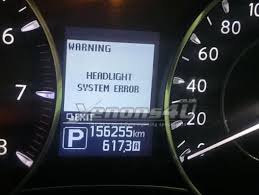
Bulb failure or electrical issue. Replace bulbs or inspect wiring soon.
Emissions Control Issue
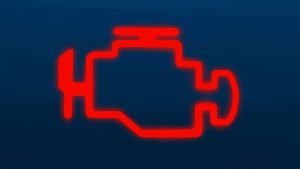
Exhaust system fault. Schedule diagnostics to prevent performance loss.
Tire Pressure Low
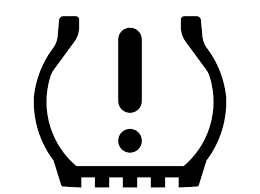
Under-inflated tires. Adjust pressure to recommended levels.
Service Reminder
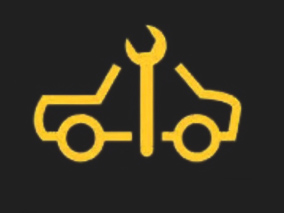
Routine maintenance due. Reset the reminder after servicing.
Adaptive Headlight Fault
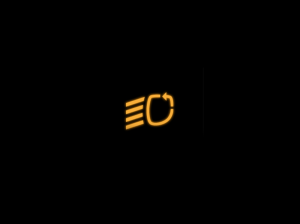
Automatic beam adjustment malfunction. Use manual headlight control.
Traction Control Off
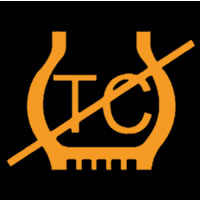
System manually deactivated. Reactivate for stability on slippery surfaces.
Lane Keeping Aid Off
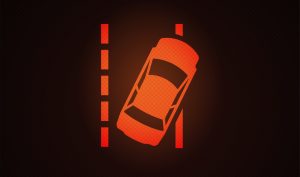
Disabled or undetected lane markers. Clean sensors or enable manually.
ESP Fault
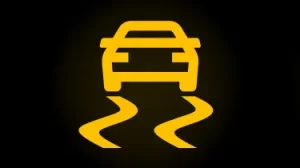
Electronic Stability Program issue. Avoid sharp maneuvers.
Glow Plug Active

Glow plugs heating (diesel engines). Wait before starting.
Door Ajar
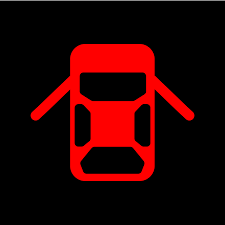
Cab or trailer door not fully closed. Secure doors to prevent accidents.
Rear Fog Light On
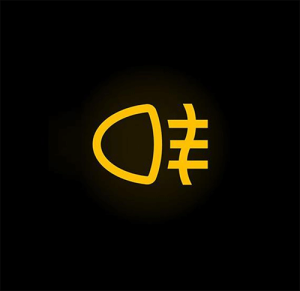
Rear fog lights active. Turn off when visibility improves.
Information Message
Generic alert paired with other warnings. Check driver display for details.
Bulb Failure
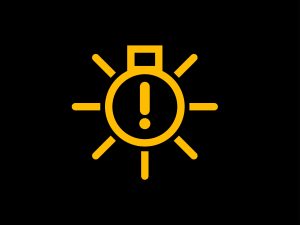
Exterior light malfunction. Replace the faulty bulb promptly.
Fuel Cap Loose
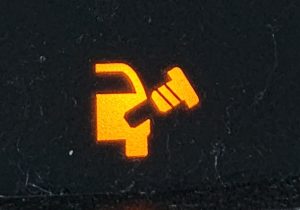
Loose or missing fuel cap. Tighten or replace to prevent evaporation.
Green Warning Lights (Information Only)
Cruise Control Active
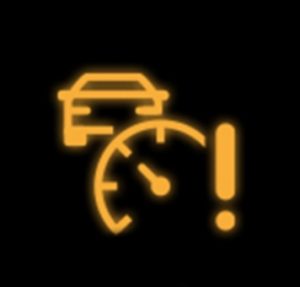
Speed set and maintained. Deactivate via brake pedal or controls.
Parking Lights On

Parking lights illuminated. Turn off when not needed.
High Beams On

High beam headlights active. Switch to low beams in traffic.
Front Fog Lights

Front fog lights enabled. Use only in low-visibility conditions.
Preconditioning Active
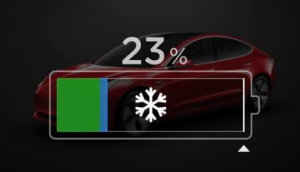
Cab heating/cooling system pre-setting temperature. Automatically turns off.
Rain Sensor Active

Automatic windshield wipers enabled. Adjust sensitivity if needed.
Eco Mode
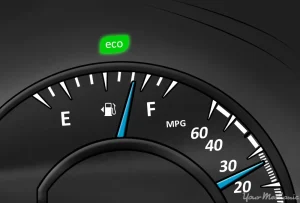
Fuel-efficient driving mode activated. Acceleration may feel less responsive.
Turn Signal Active
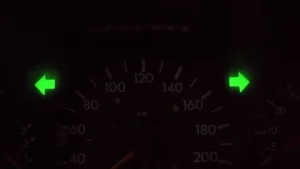
Indicator blinking for lane changes or turns. Check for rapid blinking (bulb failure).
Auto Hold Active
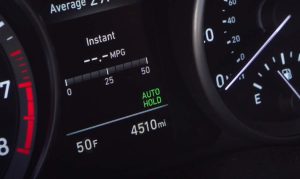
Vehicle remains stationary on slopes without brake pedal input.
Start/Stop Active
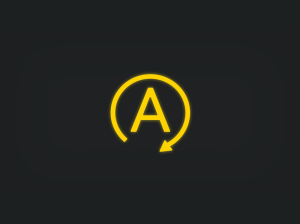
Engine automatically stops at idle to save fuel.
Gear Shift Indicator
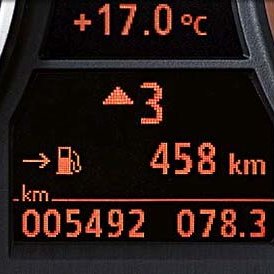
Suggests optimal gear for fuel efficiency. Follow prompts if desired.

